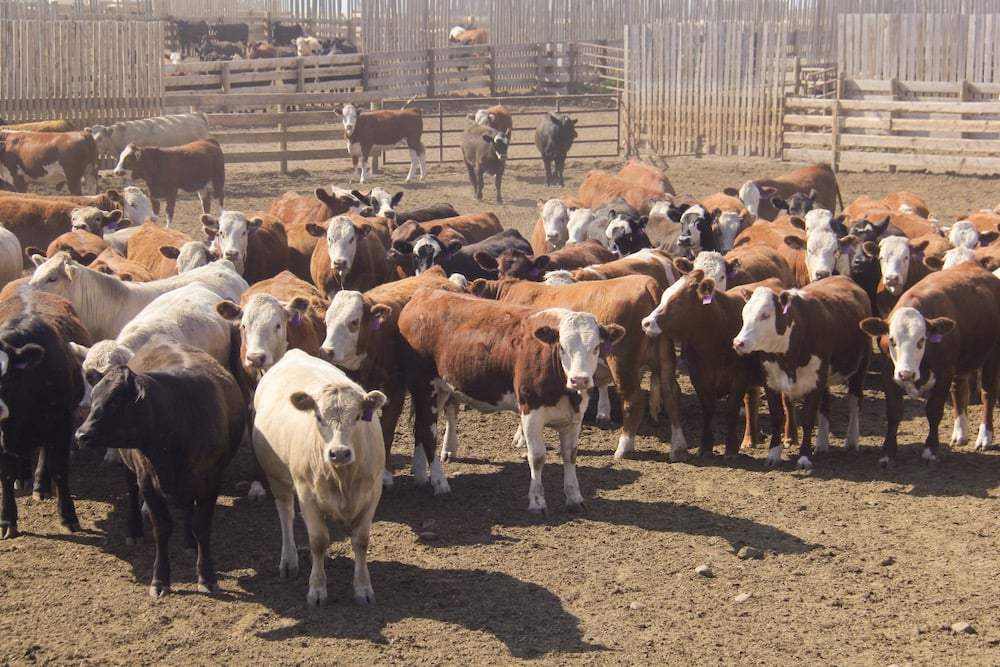Farm Credit Canada is predicting Canadian food and beverage sales will fall slightly this year as consumers manage tight budgets.
Gross margins, however, should increase as the effects of falling commodity prices work their way through the supply chain, the farm lender said in an April 9 news release.
In its Food and Beverage Report 2024, FCC said that Canadians spent less than average on food and beverages in 2023. People shifted shopping habits to purchase more sale items and cheaper brands, and even cut back on the volume of food purchased.
Read Also

U.S. livestock: Feeder cattle rise to new highs on tight supply, strong cash prices
Chicago | Reuters – Chicago Mercantile Exchange feeder cattle futures rallied on Thursday to a record high on strong cash…
“While changing shopping habits may pose challenges, they also present opportunities for food and beverage manufacturers,” said FCC chief economist J.P. Gervais in the news release.
“Taste remains the top consideration for consumers, but price sensitivity has increased, leading processors to innovate and meet evolving consumer demands.”
A growing, diverse population also provides opportunities for food manufacturers, the report said. More than one million people came to Canada in the first nine months of 2023.
“That’s a lot more mouths to feed,” FCC said.
FCC projects food and beverage sales to slip 1.4 per cent in 2024, while gross margins improve 1.5 per cent on average—varying widely across the sector.
Much of sales growth in the last three years has been influenced by inflation, “as manufacturers aimed to pass on increases in input costs to the best of their ability to protect margins,” the report said.
In 2023, input costs like commodities, fuel and transport began to stabilize or decline. Wage growth is still hot, but falling job vacancy rates suggest that could soon moderate.
FCC projects grain and oilseed milling sales to decrease by 11.3 per cent while volumes increase by 1.1 per cent.
Dairy products should see sales grow by 6.5 per cent, while volumes grow 7.5 per cent. The sector can also expect improving margins—though still below 2022 levels.
Sales of meat products are expected to grow by 2.7 per cent, with volumes bumping up 0.7 per cent year over year. Pork margins are expected to improve compared to a difficult 2023. Beef processing margins should stay in the black, but competition for live cattle will be fierce. Poultry processors will deal with plateauing demand and high frozen inventory.
The U.S. economy is a wildcard, FCC said.
“Should the U.S. economy continue outperforming expectations, export growth could surprise to the upside and turn the projected small sales contraction forecast into small growth,” the report said.

















